The World at Large
They say the world is small. And yet, the world has so much to offer in every way possible that that can’t possibly be true. We have the Arctic, the forests, the rivers, the cities. Every fathomable place is available on Earth. And it is available in books too. In these six books, explore a world that is larger than they say.
Brave New Arctic
The Untold Story of the Melting North
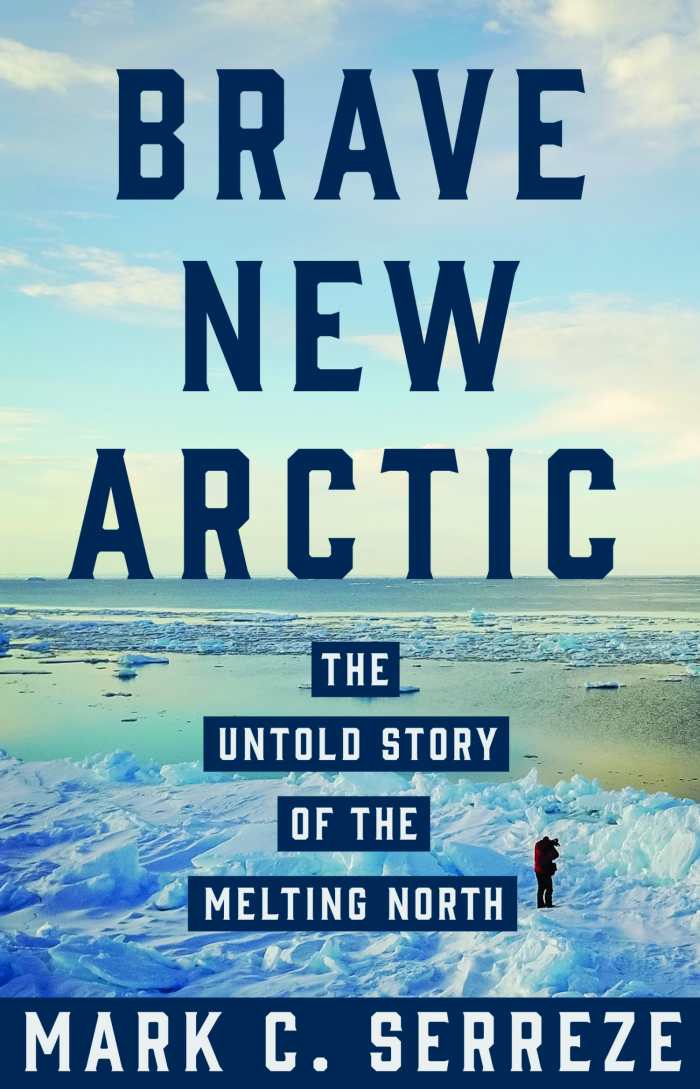
Mark C. Serreze
Princeton University Press
Hardcover $24.95 (248pp)
978-0-691-17399-3
Buy: Local Bookstore (Bookshop), Amazon
Geographer Mark C. Serreze admits that it took him a while to fully understand how human actions cause drastic environmental changes in the Arctic. However, when mounting evidence helped him reach his “epiphany,” he shifted gears quickly, becoming an ardent advocate for the endangered polar region. His book sounds a clarion call about the global consequences of a melting north.
Serreze started his scientific career as a graduate student measuring ice caps in the Canadian Arctic. His narrative follows his path to becoming an expert on sea ice and Arctic physical geography. Concurrently, he summarizes scientific advances in data collection, computerization, and climate modeling that enabled scientists to tease out human influence from natural variability in the warming global climate.
Though full of acronyms and complex concepts, Serreze’s text is clear, accessible to a popular audience and accompanied with numerous illustrations. Weather wonks and fans of polar adventure will be especially riveted as Serreze describes “Arctic amplification”—the various environmental feedback loops that enhance rising air and water temperatures, a melting cryosphere, and altered sea and wind circulation. He patiently builds the case for action to reverse these patterns, which cause extreme weather and rising sea levels elsewhere, too.
At times the book has the feeling of a suspenseful detective novel, with dedicated scientist protagonists trying to beat the clock against impending environmental disaster, all the while battling self-interested political and corporate actors who lust after “resources” that can more easily be extracted from an ice-free zone and who threaten important research work with lawsuits and funding cuts. At other times, there is a melancholy tone as the author elegizes with past observations of a frozen landscape that will never be the same again.
Brave New Arctic paints a chilling scenario for a rapidly warming polar region if scientists and government leaders cannot find a way to work together—and soon—to reverse the worst aspects of climate change.
RACHEL JAGARESKI (February 27, 2018)
Wildfire
On the Front Lines with Station 8
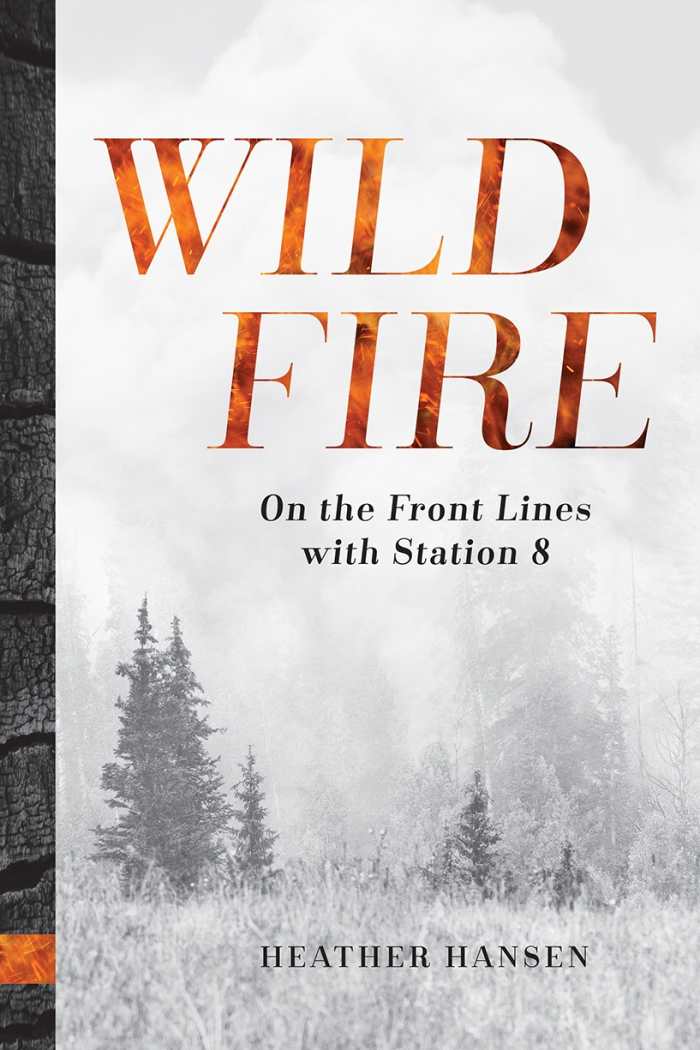
Heather Hansen
Mountaineers Books
Hardcover $24.95 (320pp)
978-1-68051-071-3
Buy: Local Bookstore (Bookshop), Amazon
Wildfire brings equal measures of science and drama to the issue of combating ever larger, more intense wildland fires. Author Heather Hansen spent eighteen months immersed in fire science and policy, shadowing the elite firefighters of Station 8 near Boulder, Colorado, through their daily training regimens, public interaction, and an all-out, week-long battle against a mountain blaze that tested their intensively honed skills and endurance.
Hansen explores many aspects of wildfires, from the history of the national parks and development of forest management techniques to the most up-to-date computer models of fire behavior and micrometeorology. Her lively reportage combines interviews, mountain hikes, visits to fire labs, and even her game attempts to keep up with hotshot trainees and the Station 8 firefighters during their rigorous workouts and Rabelaisian bacony feasts.
Her expertly deconstructed insights come together in a taut final chapter that chronicles the July 2016 Cold Springs fire. Hansen neatly balances analysis of the policy struggles over prescribed burns as they ran against residents’ desires to live in wildland-urban borders surrounded by scenic trees and landscaping.
Though she gives equal voice to all sides in these debates, she questions unrealistic public expectations when fire breaks out. The sustainability of continued development in wildland areas comes into doubt. She is also never without quiet admiration for the focused, dedicated firefighters and the multiple challenges they face in their important and dangerous work.
As human-driven climate change ratchets up air temperatures, droughts, and extreme weather events, the prospect of more frequent and expensive megafires in the American West looms large. This thoughtful book answers some questions about mitigating human and environmental effects but also warns of political and economic roadblocks. As Station 8 knows well, wildfire is an inevitable and natural occurrence, and we must develop better funding and policies to deal with it.
RACHEL JAGARESKI (February 27, 2018)
Return of the Sea Otter
The Story of the Animal That Evaded Extinction on the Pacific Coast
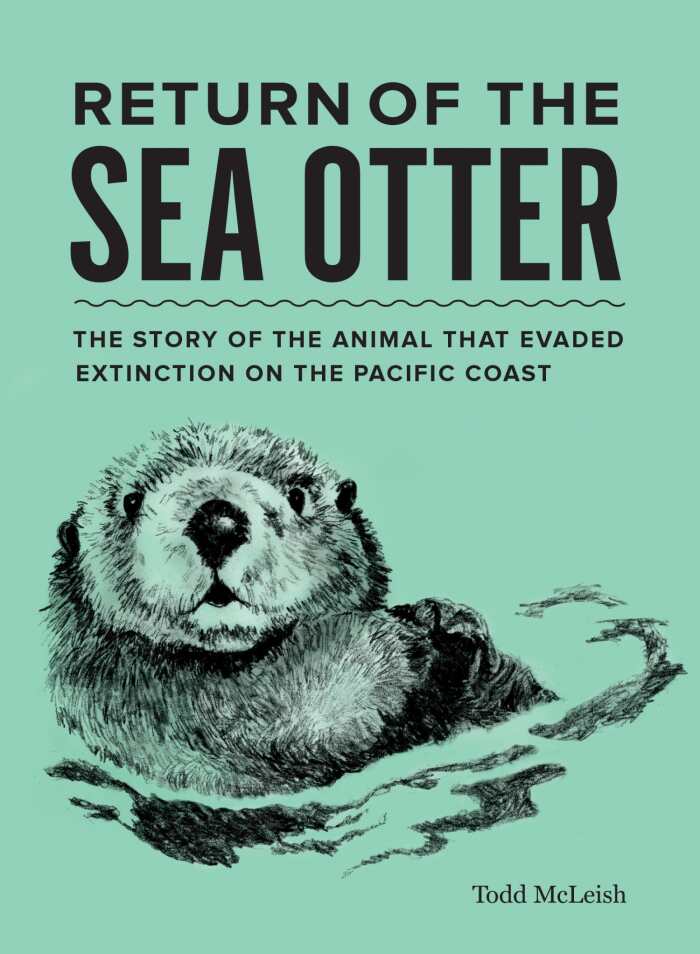
Todd McLeish
Sasquatch Books
Softcover $19.95 (264pp)
978-1-63217-137-5
Buy: Local Bookstore (Bookshop), Amazon
Sea otters are impossibly adorable furballs, whose pup-parenting, shell-cracking antics make them ecotourism and aquarium superstars. Todd McLeish’s Return of the Sea Otter gives a more rounded portrait of these apex predators (males sometimes bite females’ noses off during mating!) and their keystone role in coastal ecosystems.
Backed by extensive research and three years of field outings, the book recounts how the nineteenth-century otter pelt trade decimated populations from the Aleutian Islands down to California. Without otters to keep snails, sea urchins, clams, and crabs in balance, invertebrate populations ballooned, setting a new normal for commercial fishermen and Native Americans.
Now, with steadily rebounding numbers of otters chowing down on all this tasty and valuable seafood, there is ramped-up conflict over wildlife management and fishing regulations. McLeish, while firmly on the otterine side of the debate, presents a nuanced overview of the issues, pointing out that otters should not get the blame for fisheries’ declining yields without also accounting for rising ocean temperatures, acidification, coastal development, and overharvesting.
Each section explores a different aspect of the life cycle of these fascinating creatures and a separate Pacific habitat. The author clearly explains the complicated science and computer algorithms underlying recent discoveries about how extensive and critical the otters’ role is in restoring healthy Pacific coastal zones. A description of an otter necropsy vividly shows how their health is damaged by parasites, pollution, and shellfish and algal biotoxins, and he warns that these animals are still threatened.
McLeish’s engaging and informative writing is punched up with snazzy black-and-white illustrations of marine life and a photo section of otters, at rest and play and (awwww!) holding hands. This book is an excellent introduction to marine biology and to a charismatic species and would be a welcome addition to any natural history library.
RACHEL JAGARESKI (February 27, 2018)
The Chesapeake in Focus
Transforming the Natural World
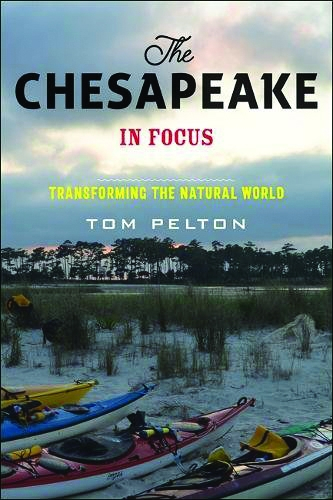
Tom Pelton
Johns Hopkins University Press
Softcover $24.95 (264pp)
978-1-4214-2475-0
Buy: Local Bookstore (Bookshop), Amazon
Tom Pelton’s The Chesapeake in Focus introduces the complicated story of the region’s environmental restoration. The nation’s largest estuary straddles a wide swath of the eastern coastline, and is impacted by agricultural and industrial pollution, intense development pressure, and public sewage leaks. All of these factors dampen the fragile, costly progress of voluntary and governmental regulation, and climate change threatens to upend all gains with extreme weather patterns and warming water temperatures.
Short, punchy chapters zero in on specific geographical areas, wildlife, policies, and local people. It’s a balanced, organized approach that breaks down the many nuances of environmental policy-making and monitoring. Pelton isn’t shy about pointing out problems and polluters, profiling several people with whom he does not agree, including a farmer and fisherman, to assess their views about the bay.
Though Pelton strongly opposes President Trump’s EPA dismantling and the “desperate environmentalism” of many groups’ soft-pedal strategies, he also gives credit to politicians of both parties for enacting the Clean Air and Water Acts, banning DDT, and other measures that have improved environmental quality.
Like other river systems, the Chesapeake is affected by human activity emanating far up its watershed. Silt, agricultural pesticides and antibiotics, and leaking municipal sewage pipes from as far north as New York erode water quality and disrupt the delicate life cycles of the bay’s fish, crabs, and birds. Pelton passionately argues for stronger, long-term federal oversight to reverse these problems, and outlines a series of policy changes in his conclusion.
While one wonders why Pelton would want to splash around in his kayak in the fecal-chemical cocktail that he describes, the book’s photographs show the Chesapeake’s serene beauty, and underscore why the fight to regain this precious region’s environmental health is so important.
RACHEL JAGARESKI (February 27, 2018)
Tales from an Uncertain World
What Other Assorted Disasters Can Teach Us About Climate Change
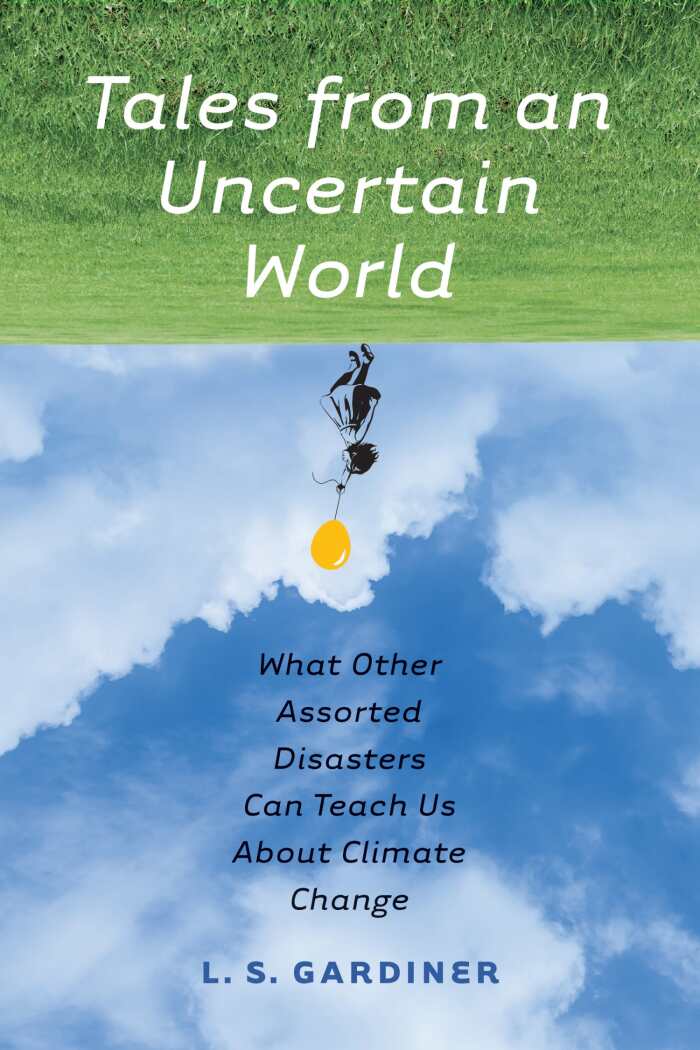
L. S. Gardiner
University of Iowa Press
Softcover $19.95 (170pp)
978-1-60938-553-8
Buy: Local Bookstore (Bookshop), Amazon
Tales from an Uncertain World by geologist and science educator L. S. Gardiner details various natural disasters, laced through with scientific explanations, elements of a memoir, and artful prose. It thoughtfully, sometimes meditatively, examines human responses to catastrophic events from earthquakes to volcanic explosions, as well as differing perceptions of nature, risk, and how the world works. Gardiner’s lively and fresh observations detail the actions necessary to head off the impending disaster of climate change, showing why forward movement has been so sluggish.
Gardiner covers a lot of disciplines, from behavioral psychology to chaos theory, neatly explaining each in terms that are easily understood. She reinforces her ideas with real-life examples from around the globe, and from various historic and prehistoric eras. She explores ongoing and contemporary natural disasters, including the 2013 flash floods in Boulder, Colorado; Cape Cod beach erosion; and the deadly eruption of Vesuvius in 79 CE.
Gardiner’s thoughtful inquiry is sometimes playful, too; an extended analogy finds her consulting a Magic 8 Ball in a discussion of how scientists communicate with the public. The observation that people need to have a personal connection to the natural world in order to fully comprehend global warming is reinforced by chapters about the effective actions of scuba divers who voluntarily fight invasive marine species, and about the important role of zoos, museums, and aquariums in engaging the public. Fresh insights about scientific literacy and generational shifts from techno-optimism to dystopian views of the future also cover new ground.
Gardiner is not an alarmist. While relaying concern that international, governmental, and corporate actors need to do more—and quickly!—to prevent catastrophic climate change, she ends the book on an optimistic note, with concrete ideas for meaningful individual action.
RACHEL JAGARESKI (February 27, 2018)
Catching Thunder
The Story of the World’s Longest Sea Chase
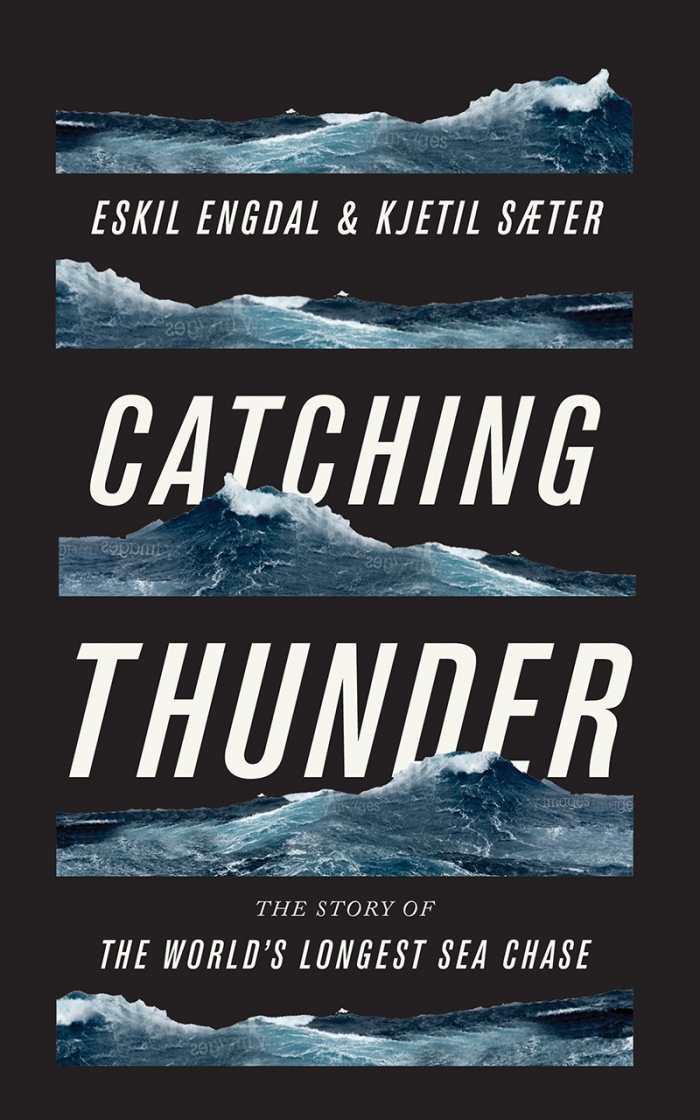
Eskil Engdal
Kjetil Saeter
Diane Oatley, translator
ZED Books
Softcover $21.95 (400pp)
978-1-78699-087-7
Buy: Local Bookstore (Bookshop), Amazon
Norwegian journalists Eskil Engdal and Kjetil Sæter deliver a true story that reads like a spy novel, peppered with scary organized crime villains, charismatic environmental activists and Interpol agents, and enough tidbits about sailing treacherous seas, commercial fishing, and endangered species to satisfy the most dedicated nautical adventure fan.
The Thunder of the title was a notorious illegal factory fishing vessel that poached lucrative catches of toothfish, otherwise known as Chilean sea bass, for years in the Southern Ocean. The nonprofit Sea Shepherd Conservation Society took on the charge of rounding up Thunder and other illegal fishing boats in their targeted “Bandit 6” after their efforts to interrupt Japanese whaling in Antarctic waters, chronicled on the popular cable television show Whale Wars, proved successful.
Equipped with a nimble ship loaded with excellent radar and communications technology, Sea Shepherd captain Peter Hammarstedt and his crew were fortunate to locate Thunder early in their December 2014 patrol mission while their food and fuel reserves were high. The authors smartly punctuate the subsequent 111-day account of the sea chase with less action-filled but no less intriguing asides about how illegal fishing ships are surreptitiously registered and bankrolled, their inequitable treatment of fishing crews, problems with international fishing and marine sanctuary regulations and enforcement, and money laundering and corruption in various Asian, African, and European ports of call.
The book suffers from occasional bouts of awkward dialogue and translations, as well as from Sea Shepherd hero worship, but despite these choppy waters, the narrative is exciting and illuminating. This is an all too rare positive, satisfying story about how the forces of good won out over criminals and other self-interested baddies, and how they helped to protect our environment.
RACHEL JAGARESKI (February 27, 2018)
Rachel Jagareski

